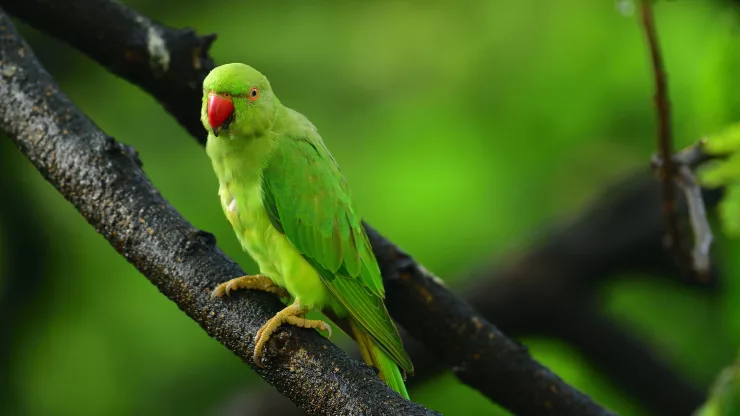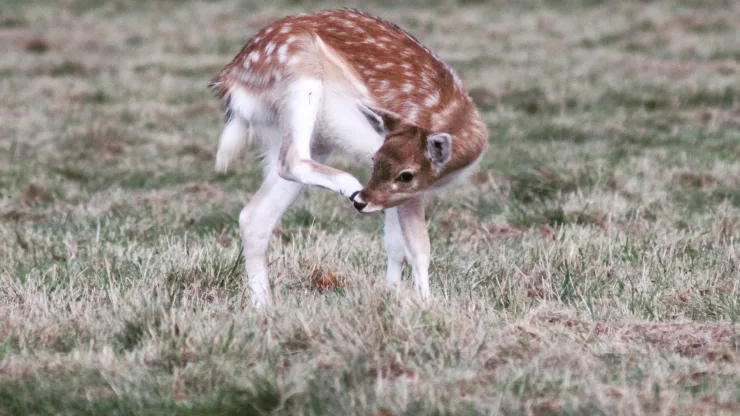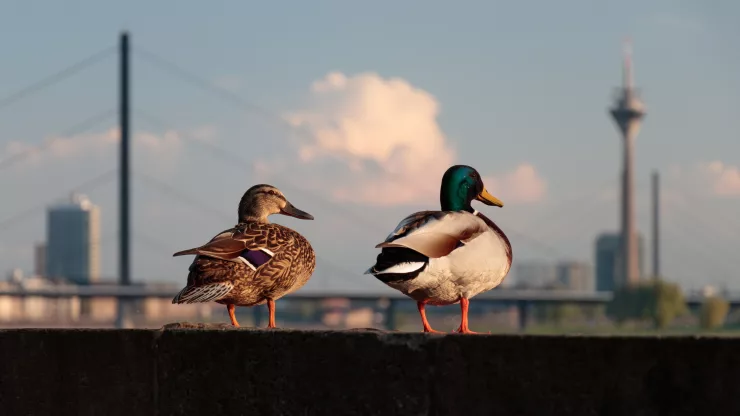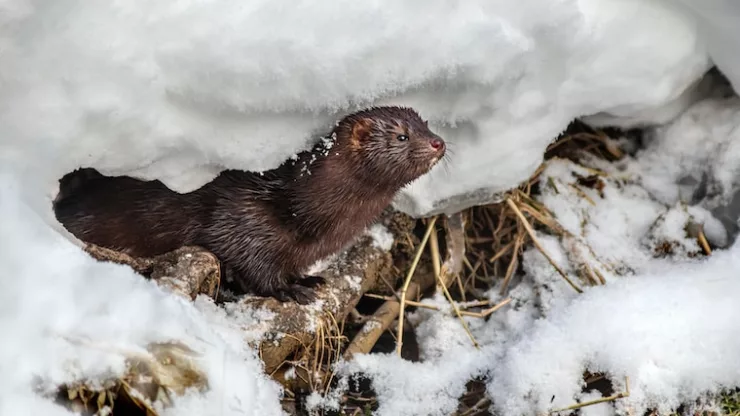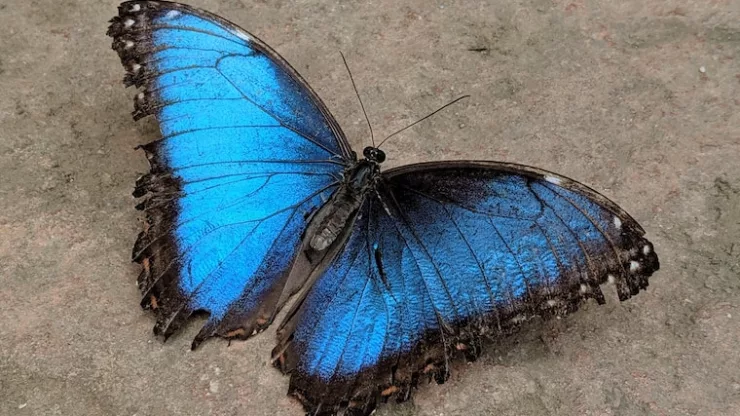Urban areas are often associated with concrete jungles, high-rises, and bustling streets.
However, amidst all the commotion, there is a hidden world of urban wildlife thriving in unexpected places.
From parks and gardens to rivers and waterways, the urban wilderness is a surprising haven for a diverse range of animals.
In this article, we will explore the importance of urban wildlife conservation, the impact of urbanization on wildlife populations, and how we can support conservation efforts.
Jump to Section
Discovering the Urban Wilderness: Wildlife in Unexpected Places
The Urban Wilderness: A Surprising Haven for Wildlife
Despite the challenges posed by urbanization, many species have adapted to the changing landscape and found ways to thrive in urban environments.
The urban wilderness is a vital refuge for wildlife, providing them with food, shelter, and breeding grounds.
It also offers a unique opportunity for people to connect with nature and appreciate the beauty of the natural world.
How Urbanization Affects Wildlife
Urbanization has a significant impact on wildlife populations, often leading to habitat loss, fragmentation, and degradation. Here are some of the key ways urbanization affects wildlife:
The Impact of Urban Sprawl on Wildlife Populations
As urban areas expand, they often encroach on natural habitats, leading to the loss of critical habitat for many species.
This loss of habitat can result in declining populations, reduced genetic diversity, and an increased risk of extinction.
The Effects of Pollution on Urban Wildlife
Pollution is a significant threat to urban wildlife, particularly air and water pollution.
Polluted air can cause respiratory problems and other health issues for animals, while water pollution can lead to toxic algal blooms and fish kills.
The Benefits of Urban Wildlife Conservation
Conserving urban wildlife is essential for maintaining biodiversity and ecosystem services in urban areas. Here are some of the key benefits of urban wildlife conservation:
The Importance of Biodiversity in Urban Areas
Urban areas are often thought of as homogenous environments, but they are actually home to a surprising diversity of species.
Conserving this biodiversity is essential for maintaining healthy ecosystems and ensuring the resilience of urban environments.
The Role of Urban Wildlife in Ecosystem Services
Urban wildlife plays a critical role in providing ecosystem services such as pollination, pest control, and nutrient cycling.
By conserving urban wildlife, we can help ensure that these services continue to be provided.
Wildlife in Unexpected Places: Examples of Urban Habitats
The urban wilderness is full of surprises, with animals living in unexpected places throughout the city.
Here are some examples of urban habitats and the wildlife that call them home:
The Secret Life of City Parks: What Lives in Our Green Spaces?
City parks are essential habitats for urban wildlife, providing food, shelter, and breeding grounds. From squirrels and rabbits to birds and insects, city parks are bustling with wildlife.
The Wildlife Living Among Us: How Animals Adapt to Urban Environments
Many animals have adapted to urban environments, finding ways to thrive in spite of the challenges posed by urbanization.
For example, raccoons and coyotes have learned to scavenge for food in garbage cans and dumpsters, while birds have adapted to nesting on buildings and other man-made structures.
The Surprising Diversity of Wildlife in Urban Rivers and Waterways
Urban rivers and waterways are often overlooked habitats for wildlife, but they are essential for many species.
From fish and turtles to birds and insects, urban waterways provide critical habitat for a diverse range of animals.
How to Support Urban Wildlife Conservation Efforts
Conserving urban wildlife requires a collective effort from individuals, organizations, and policymakers. Here are some ways you can support urban wildlife conservation efforts:
Supporting Local Wildlife Rehabilitation Centers and Sanctuaries
Wildlife rehabilitation centers and sanctuaries play a critical role in caring for injured and orphaned animals and providing a safe haven for wildlife.
By supporting these organizations, you can help ensure that injured and orphaned animals receive the care they need.
Taking Action: Simple Steps to Make Your Backyard a Haven for Urban Wildlife
By making simple changes to your backyard, you can create a haven for urban wildlife.
Planting native plants, installing bird feeders and birdhouses, and providing water sources are just a few ways you can attract wildlife to your backyard.
Advocating for Urban Wildlife: How to Get Involved in Local Conservation Efforts
Getting involved in local conservation efforts is a great way to support urban wildlife conservation.
Joining a local conservation group, volunteering at a wildlife rehabilitation center, and advocating for wildlife-friendly policies are just a few ways you can get involved.
Celebrating the Beauty and Diversity of Urban Wildlife
Urban wildlife may be often overlooked, but it is an essential component of the urban ecosystem.
From the humble squirrel to the majestic bald eagle, each species plays a critical role in maintaining healthy ecosystems and providing essential ecosystem services.
By celebrating the beauty and diversity of urban wildlife, we can help ensure that these species continue to thrive in our cities and towns.
FAQ
What is urban wildlife?
Urban wildlife refers to the animals that live in urban areas, such as cities and towns.
These animals have adapted to the challenges posed by urbanization and found ways to thrive in urban environments.
What are some common urban wildlife species?
Some common urban wildlife species include squirrels, raccoons, birds, and insects.
However, many other species, including coyotes, foxes, and deer, can also be found in urban areas.
Why is urban wildlife conservation important?
Conserving urban wildlife is essential for maintaining biodiversity and ecosystem services in urban areas.
Urban wildlife also provides an opportunity for people to connect with nature and appreciate the beauty of the natural world.
I’m a nature enthusiast and creator of Metro Wilds and have spent years exploring the great outdoors.
With a passion for environmental conservation and sustainability, I have dedicated my career to writing about the beauty and wonders of nature, as well as the threats facing our planet.
Contact me at [email protected] for assistance.

